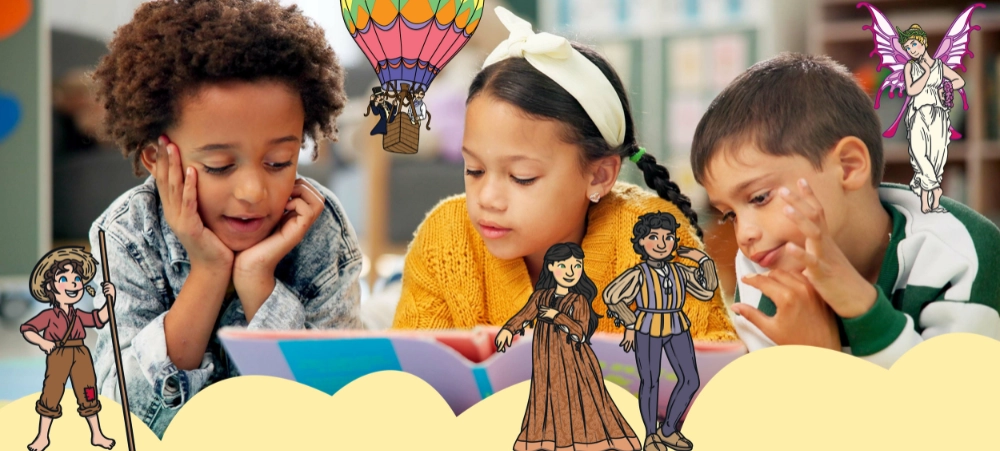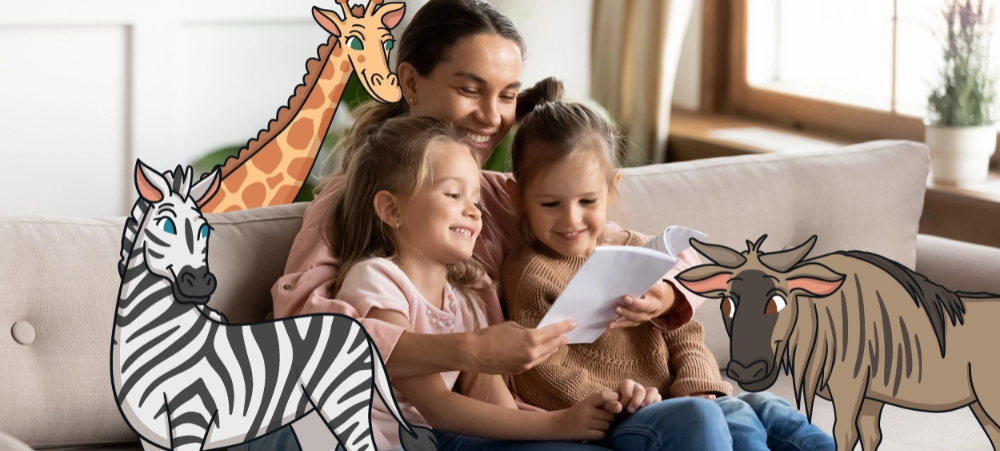Visual perception is a fundamental aspect of human experience. It is the brain’s ability to make sense of what the eyes see. It allows us the ability to interpret, filter, organise and make sense of the world around us, from recognising faces, to reading words, to judging distances and perceiving colours. During development, good visual perceptual skills are important and make up part of the foundation of learning. Difficulty with visual perceptual skills can lead to problems with learning. In this article we explore what visual perception is, the various aspects of it and highlight some key red flags that parents should be aware of.
Visual perception can be divided into the following complex processes:
- Visual Memory – Record and store information to be recalled and accessed later.
Red flags that indicate challenges with Visual Memory include:
- Recalling site words
- Spelling – especially remembering how words are spelled
- Reading fluidly – each word read seems brand new
- Writing – recalling letter formation
- Drawing – remembering what an item is supposed to look like from past experiences
- Math skills – remembering how the problem is supposed to look, graphing, or using a calculator
- Completing life skills such as following a recipe, reading a map, shopping, using the internet, and typing
- Visual Sequential Memory – Similar to visual memory but helps us remember and recognise people, places we have been, and a series of events, equations, and procedures. This helps us to work through, plan and prepare for our days, and to access necessary stored information for engagement with all our daily tasks.
Red flags that indicate challenges with Visual Sequential Memory are the same as for Visual memory.
- Form Constancy – Distinguish one shape from another which is similar. This can include difference in size, colour, or shape. For example, the difference between b and d.
Red flags that indicate challenges with Form Constancy include:
- Difficulty completing worksheets/puzzles, and sorting items that are slightly different
- Slow or delayed learning to read, especially with different fonts, or writing styles
- Unable to effectively read other people’s handwriting
- Figure Ground – Filter, sort and extract the most important information from a busy background, which is important when organising your environment, including your room, your workspace, your work book etc.
Red flags that indicate challenges with Figure Ground include:
- Difficulty locating objects in competing environments such as a drawer, folder, or crowd
- Loses their place when reading, copying from the board, or writing from a model
- Struggles to find personal items in a crowded space
- Slow to complete work
- Unable to effectively sort items from a large pile
- Spatial Relations – Process and organise visual information from our environment and decipher where it is in relation to ourselves. Spatial relations include laterality and directionality. Laterality is the ability to distinguish between left and right on oneself. Directionality is telling the difference between right and left on objects or someone else.
Red flags that indicate challenges with Spatial Relations include:
- Knowing their left and right
- Reading similar letters such as b/d p/q without errors
- Forming letters/numbers correctly
- Following directions involving space, such as “go right”
- Moving around their environment without bumping into objects
- Learning social skills involving body language and spatial distance from others
- Copying written work, staying inside the lines, or writing within certain confines
- Completing puzzles – knowing which way to place a piece
- Visual Closure – Detect, differentiate, select, draw conclusions, and understand information when we are only given certain pieces of information, rather than the entire account, story or explanation.
Red flags that indicate challenges with Visual Closure include:
- Difficulty completing puzzles
- Challenges with dot-to-dot activities
- Refusal to engage in tasks such as puzzles, dot-to-dot and colouring activities
- Slow reading fluency
- Visual Discrimination – Identify detail, determine similarities and differences in shape, colour, position, and orientation. The other six skills require some level of visual discrimination.
Red flags that indicate challenges with Visual Discrimination include:
- Difficulty sorting similar items such as coins, socks, silverware, especially those with subtle differences
- Difficulty effectively read maps
- Challenges with reading words that are similar such as “cat” and “cap”
- Difficulty completing puzzles or spot the difference pages
- Visual Motor Integration – Integrate the visual information received in the brain with fine motor skills. It involves interpreting and responding to visual information accurately and effectively, typically using precise motor movements.
Red flags that indicate challenges with Visual Motor Intergation include:
- Difficulty with fine motor skills
- Messy handwriting
- Poor hand eye co-ordination
- Inaccurate cutting
- Avoidance of activities
- Difficulty with spatial awareness
- Visual Attention – Attend to visual information, while filtering out unnecessary details.
Red flags that indicate challenges with Visual Attention include:
- Bumping into things, clumsy movements
- Not being able to find items
- Difficulty with reading and writing
What If my child has poor Visual Perception?
If your child has poor visual perceptual skills, this can affect their participation in daily tasks and specifically in their school environment with reading, writing, organisation, and other executive functioning skills.
Visual perception plays a crucial role in a child’s development and learning. Whilst some variations in visual development are normal, parents/care givers and teachers/therapists should be attentive to red flags that may indicate potential issues. If you notice any red flags in your child’s visual development, it is essential to consult with an eye care professional such as a Behavioural Optometrist for a comprehensive assessment of the eye and its behavioural response to its environment.
An Occupational Therapist, a Remedial Therapist or an Educational Psychologist can carry out the necessary assessments to determine the areas where your child is struggling and is able to provide appropriate assistance where necessary.
Early detection and intervention can make a significant difference in a child’s visual development and overall well-being.
Written by Nicky Forssman – Occupational Therapist Glenoaks School
- When to Push My Child and When to Step Back - March 18, 2024
- Benefits of Including STEM into the Classroom - March 5, 2024
- The Role of Parents in the Education of Special Needs Children and Fostering a Collaborative Approach - February 21, 2024





